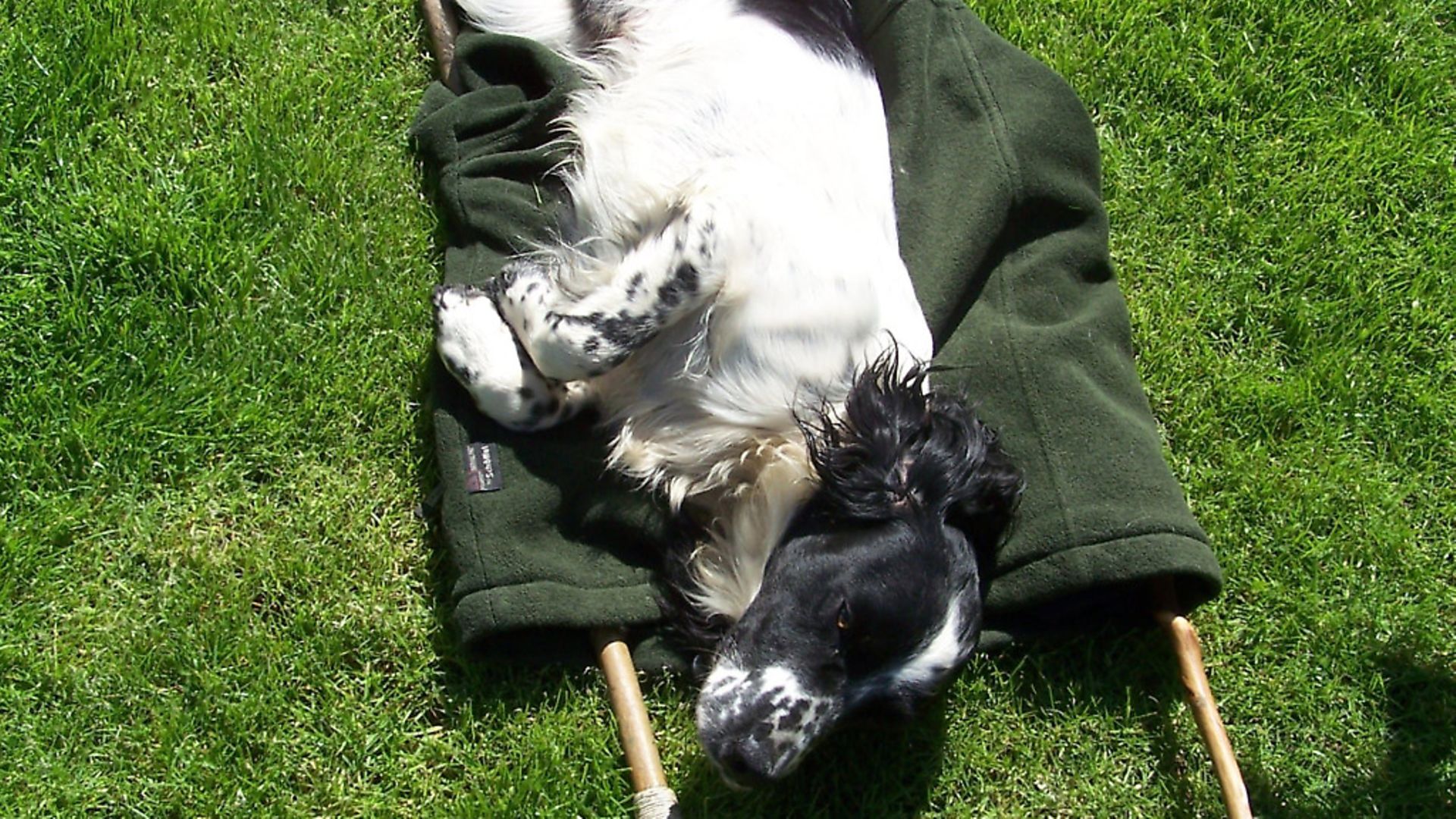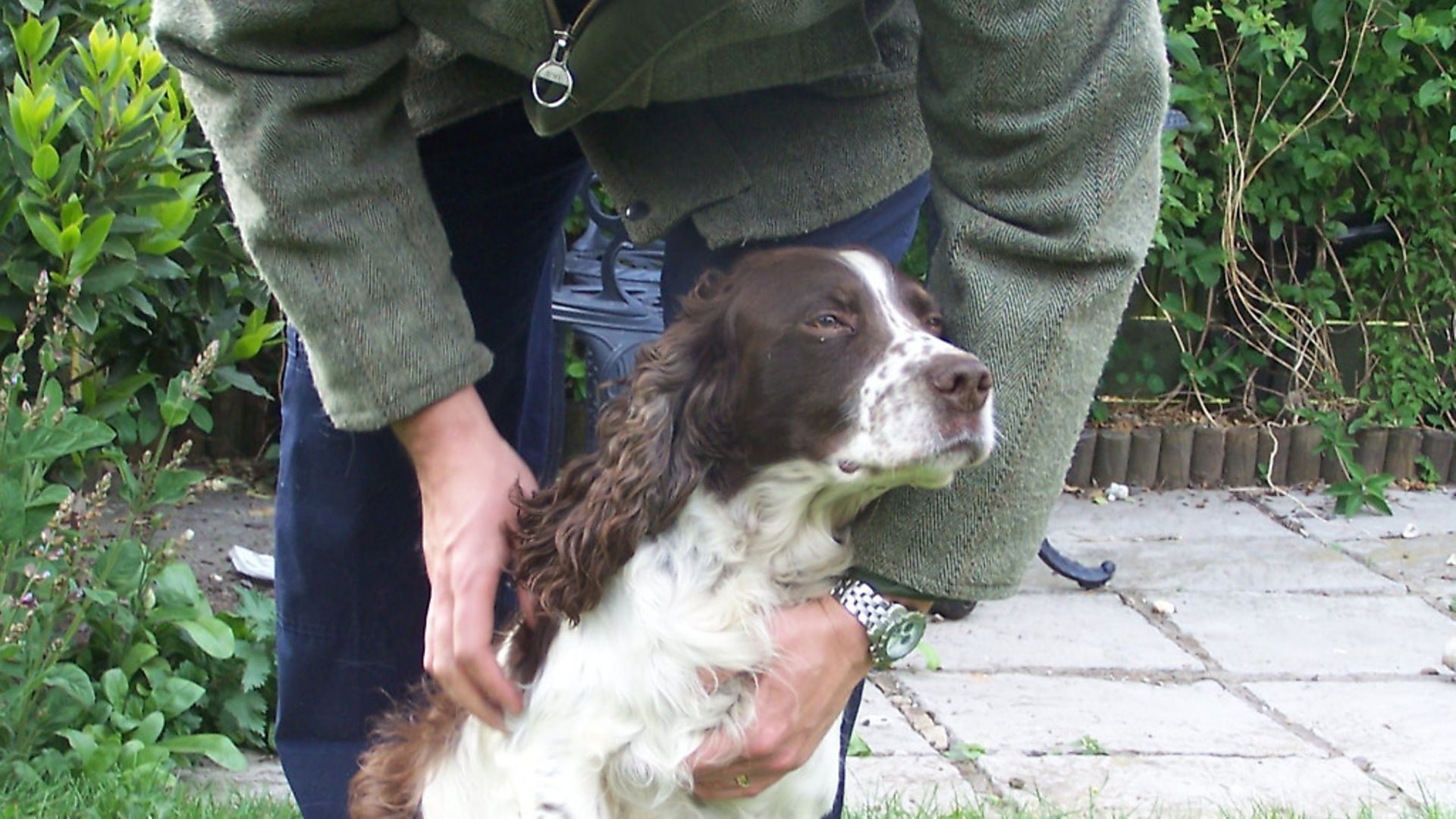Our gundog vet Vicky Payne gives advice on how to help your gundog if he has been injured in the field, without bringing harm upon yourself
 credit: Archant
credit: Archant
Something dreadful has happened. Maybe your dog has just been hit by a car because he followed a runner onto a usually quiet road; maybe he’s come back covered in blood; maybe he’s fallen into a river… It’s easy to say and hard to do, but before you rush in to help, make sure you aren’t going to make things a whole lot worse!
Is it safe to help?
Check your surroundings and assess what has caused the accident or injury, to avoid becoming a victim yourself or putting other people in danger. If your dog is in the road, get someone (preferably in high-vis) to stop any traffic. If your dog has fallen into a river, slurry pit or lake, don’t jump in yourself – look for a safe place to encourage your dog out or make use of safety equipment which may be nearby. If your dog has fallen while running across uneven ground or put his foot in a hole… well, don’t put your foot in a hole too! Indoors, the biggest risk would come if your puppy had chewed electric wires; touching him with your bare hands could lead to you being electrocuted.
One of the biggest dangers when your dog is in pain is your dog! Even the best-trained dog can bite if he is in pain and frightened. You may need to ask someone to help restrain your dog so he can’t bite and so you can assess his injuries properly. If he is awake and breathing well, you may want to make an emergency muzzle. This is one of the reasons I carry a pair of tights, but a lead or a tie will also work. If your dog is panicking, it can help to cover his head with a coat. This makes it dark and quiet, and provides the added bonus that if he tries to bite he gets a mouthful of coat first.
 credit: Archant
credit: Archant
Assess the patient
Once it is safe to do so, you need to assess how bad things are. Look for the following:
* Is your dog conscious? If not, is he breathing? Look for the chest and nostrils moving, or put the screen of your mobile phone or some fluff by his nose to help you check.
* If he’s not obviously breathing, does he have a heart beat and pulse? Putting your hand under the chest is an easy way to feel the heartbeat, but learn to take a femoral pulse too. If in any doubt, start CPR! You can’t make a dead dog any more dead! (We’ll cover CPR in a future article.)
* If your dog has serious bleeding, or you want to stop dirt getting into a wound, then take time to apply a bandage.
* Then consider how to move your dog, because there is no ambulance service, even for badly injured pets. Small dogs can be carried; larger dogs can be carried on a makeshift stretcher made from a coat, a feed bag, or a blanket. Ensure the dog can breathe freely while being moved and that you aren’t making any injuries worse. If the injury needs emergency veterinary treatment make sure you call ahead so the practice can be prepared (and check which branch you are going to as this can differ out of routine hours). Ideally, one person should monitor the dog while someone else drives to avoid the driver becoming distracted.